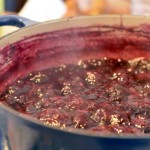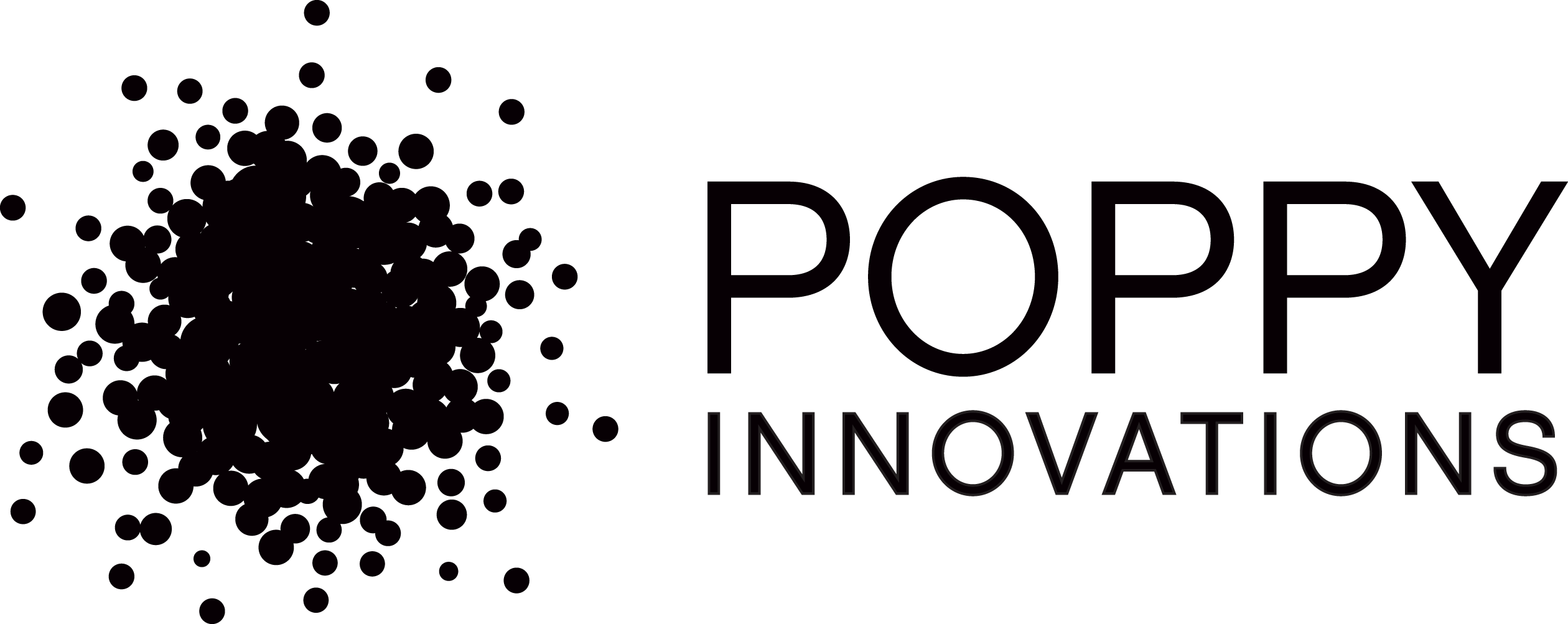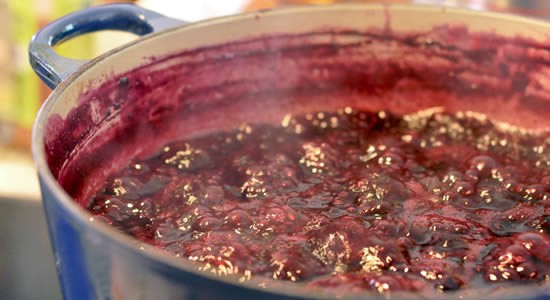Why Non-Reactive Cookware is Used in Canning High Acid Foods
 As you begin your journey into canning season this summer, you will notice that recipes to can high acid foods require the use of non-reactive cookware and utensils. It is a topic of great discussion at our canning classes. Here is a great explanation by canning expert Marisa McClelland www.foodinjars.com:
As you begin your journey into canning season this summer, you will notice that recipes to can high acid foods require the use of non-reactive cookware and utensils. It is a topic of great discussion at our canning classes. Here is a great explanation by canning expert Marisa McClelland www.foodinjars.com:
Whether you’re an expert canner, a beginner or someone who’s just contemplating dipping their toe into the home preservation waters, you’re certain to have heard that the only foods safe for water bath canning are the high acid ones. We define high acid as a food that’s got a pH of 4.6 or below (the lower the pH, the higher the acid content). The acid content of jams, preserved fruits, chutneys, pickles and more are our balm as canners, because it’s what keeps those preserves safe in their jars until you determine it’s time to crack them open.
There’s only one precaution that you must take when cooking these high acids foods into their canning-ready state. You’ve got to make sure you use a cooking vessel that is non-reactive. Pots made from metals like aluminum and untreated cast iron react with the acid in the preserves and can leach a metallic flavor into your final product.
Note: The one exception here is when it comes to traditional copper preserving pans. Copper is a reactive metal, but when fruit and sugar are combined and cooked in a copper pan, the metallic flavor is not leached into the finished product.
Non-reactive pans are ones made of either stainless steel or enamel-lined cast iron (think Le Creuset or similarly enameled Dutch/French ovens). If you’ve got a stash of aluminum pots and want to give them some role in your canning process, you can always press the big ones into service as processing pots.



Comments are closed.